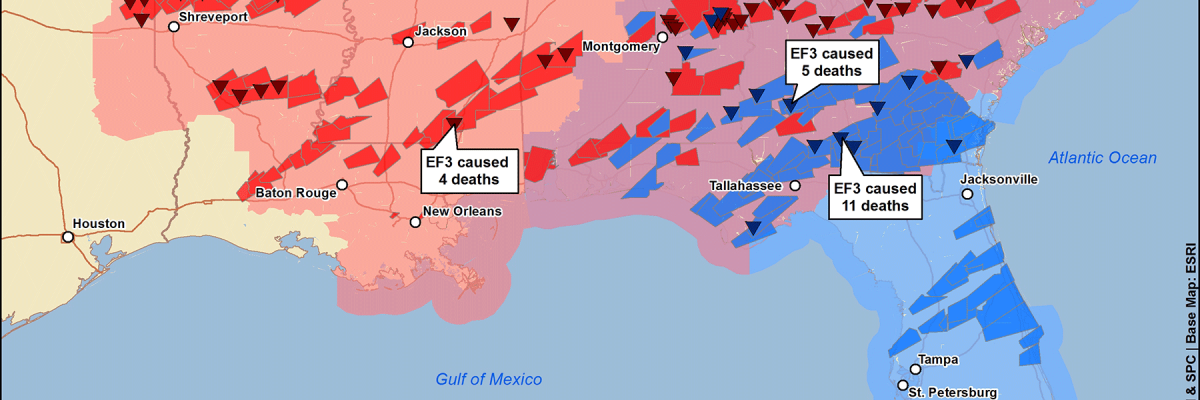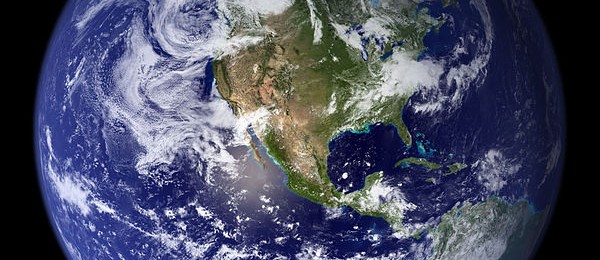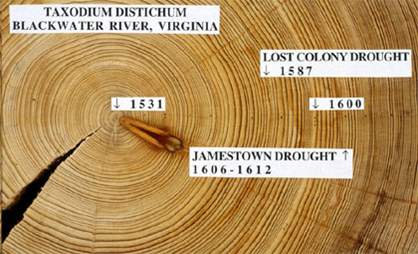January 2017
-

Each year US Tornadoes keeps a web list of all of the large tornado outbreaks that have occurred. They use a baseline of 20 tornadoes in one event to define what an outbreak is. So far 2017 has had two outbreaks, including the one on January 2 and the one January 21-23. You can come…
-

Earlier in January I was fortunate to see “Hidden Figures”, a movie about brilliant African-American women mathematicians who helped NASA successfully launch astronauts into space. If you haven’t seen it yet, you should, and take your kids with you. This week Dr. Marshall Shepherd discusses some of the hidden women in atmospheric sciences in his…
-

NOAA’s climate blog has a new entry which provides an excellent description of the difference between short-term weather and long-term climate. In addition to the analogies in this blog, I also like the comparison between a baseball player’s batting average (climate) and his actual performance in one trip to the plate. You can read the…
Posted in: Climate science -

You may have heard folks claim that climate scientists are just pushing a climate change agenda because they are making a lot of money doing it. How do you respond? I thought this description by Katherine Hayhoe did a good job of explaining how money for climate grants is split between universities and researchers. “Climate…
Posted in: Climate science -

The 7-day QPF shows that most of the Southeast will be dry this week, but the Florida peninsula and areas along the northern borders of Georgia and Alabama will see some rain early and late in the week, with a dry period across the entire region Tuesday through Thursday. This should help reduce dry conditions…
Posted in: Climate outlooks -

The Panhandle Ag e-News had a story today about their new Friday Feature, which highlights old agricultural videos. The feature for today shows a short video (about 10 minutes long) describing cattle ranching in Florida from the Florida Beef Council. It’s a bit old-fashioned but still an interesting look at ranching with Brahma cattle. You can…
-

NASA has a new online post which describes how trees are able to capture climate information in their annual growth rings. This information, called paleodata or proxy data, allows us to look back farther in time than using just instrumental records. You can use not only living trees but also trees from the past that…